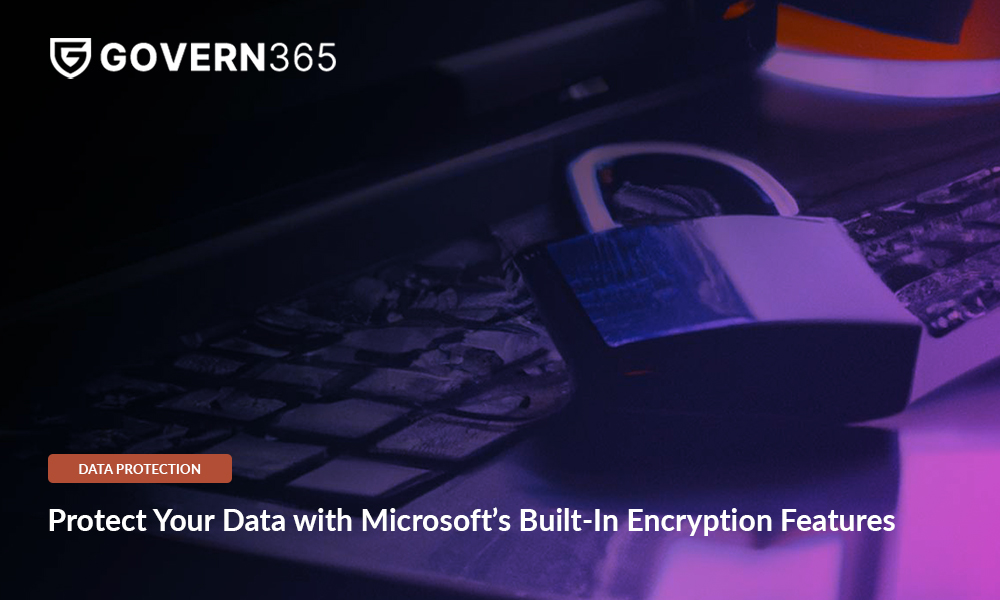TABLE OF CONTENTS
STAY CONNECTED
EXPLORE MORE
- Compliance (6)
- Data Room (29)
- Life Science (2)
- Mergers & Acquisition (1)
- News (1)
- Secure Collaboration (9)
- Self Provisioning (3)
- Uncategorized (1)
Introduction
The notion made in legacy cybersecurity models that threats to your business can only be external is now considered redundant. Older security models were used to keep the company network safe from external attacks with firewalls, proxy servers, and intrusion detection systems. But perimeter security of this kind turned out to be of little help when it came to security risks that are internal. Forget about a hacker or a corporate spy inside the workplace, even employees can access applications and sensitive data, even if unintentionally, and place them at risk. Cybersecurity threats can emerge from anywhere- outside the network or inside, they can even start in one location and then move to another.
Zero Trust security model
This is where Zero Trust security model plays a vital role in offering the highest protection for business data by consistently monitoring every attempted access. In theory, adopting a Zero Trust strategy makes business sense, with its ‘Never trust. Always verify’ strategy that helps you clamp down on application as well as services-related vulnerabilities, thus reducing the pressure and friction for the rest of the organization.
Zero Trust enables a secure and seamless environment for collaboration and information sharing over Teams and SharePoint. It seeks explicit verification and authenticates accounts and credentials based on the availability of every data source. Zero Trust restricts real-time accessibility of users with JIT/JEA (Just In Time / Just Enough Access), information assurance, and hazard-based versatile approaches.
Zero Trust offers a multitude of advantages for the entire organization, and we have outlined some of the top business benefits of moving to a Zero Trust model:
- Permission-based access
Information sometimes has the habit of falling into the wrong hands. Organizations that are looking at protecting their sensitive information like research data or M&A projects can secure themselves with Zero Trust and prevent their information from being leaked. Zero Trust makes this possible through stringent access control with minimal rights, which can be implemented across the organization. Any access is granted only after explicit permissions have been given.
- Maintain compliance
Unauthorized access to sensitive information can attract legal consequences that are far-reaching. Trade Secrets Act violations and protection of personal data (EU GDPR) involve severe penalties ranging from heavy fines to a ban on operations, and of course, potential PR windfalls that affect brand perception. With Zero Trust, the access of information to all employees and business partners can be controlled in accordance with regulatory requirements.
- Facilitate dynamic organizational development:
Companies that make organizational changes quickly and seamlessly obtain a significant competitive advantage. But this entails a flexible IT environment that facilitates secure collaboration and communication regardless of physical locations and organizational boundaries. And Zero Trust architectures are built to deal with such challenges. - Perfectly suited for remote working
Most workers are working in a fully remote or hybrid model and data shows this will not be changing anytime soon. Along with mobile devices, such organizations provide digital applications too for remote working and enable secure access to them from any location. By implementing Zero Trust, you not only simplify secure switching between the office and remote environments, but you can also guarantee a consistently superior user experience.
- Significant cost savings in the long run
Along with Zero Trust comes a high degree of standardization. This results in a reduction of costs in the long term. For example, Zero Trust is helpful in the integration of applications, when new applications are integrated, existing applications can be extended to new user groups. Zero Trust allows organizations to allot internal corporate networks for most client devices, significantly reducing vulnerability, costs, and the effort needed to protect those infrastructures around security measures. - Improved visibility and asset discovery reduce risk
For most organizations, knowing what data they possess, where the data resides, and how it travels is a major blind spot. With the rapid increase in the use of mobile devices, IoT, and constant deployment of applications and services, the IT and security teams that use traditional address-based tools and techniques, struggle to get complete visibility on every data packet that passes the network. With the Zero Trust security model, each application or service that tries to communicate is first detected, assumed intrinsically untrustworthy, and prohibited from communicating automatically unless its identity fingerprint is verified. This way, IT/security/networking teams can leverage Zero Trust to find out what is already present in the network and what is trying to sneak in.
- Greater control of your cloud environment
Every security leader’s biggest fear is the loss of visibility and lack of control when moving to the cloud and using the cloud. Though the security due diligence of CSPs has evolved monumentally over the years, workload security is still a shared responsibility between the CSP and the company using the cloud. Zero trust was built for every type of network, including public or hybrid clouds. It limits communication by allowing only workloads verified by their identity fingerprint to communicate. Security teams have complete control over the application workload as zero trust is application workload-centric, rather than perimeter/endpoint-centric.
- Helps compliance audit programs
Though compliance does not automatically mean security, which does not reduce the responsibility of compliance. It is common knowledge that failed audits can lead to disruption and even financial impact. IT audits, by definition, are meant to point out vulnerabilities in technology. What it entails is that any issues with data access or systems that maintain them are subject to close inspection and analysis. Zero Trust helps auditors get a better understanding of the data flows in the organization and look at how workloads are securely communicating throughout the network. It drastically reduces the ways and the areas where network communications can be exploited. This naturally results in lesser negative audit findings and fewer remediation for the security team.
Conclusion
With the highly competitive scenario and breakneck speed of technological innovation, modern businesses strive to function at a rapid pace. The flexibility and agility required to keep moving forward continually while avoiding roadblocks is a much-coveted business objective. Zero Trust helps you to move closer to that objective because it operates in the background seamlessly. Security moves along with the workload rather than at the security perimeter which means any disallowed communication is isolated and disruptions to dexterity and speed are either averted or controlled. With zero trust segmentation, security is not restricted by the static network paradigms that slow it down.
We hope you found this blog useful in understanding the major reasons why you should move to a Zero-Trust model for your Information Security. Please reach out to us so that we can put our decades of experience and expertise in Security services and Microsoft technologies to help you in your organization’s Digital Transformation journey.












